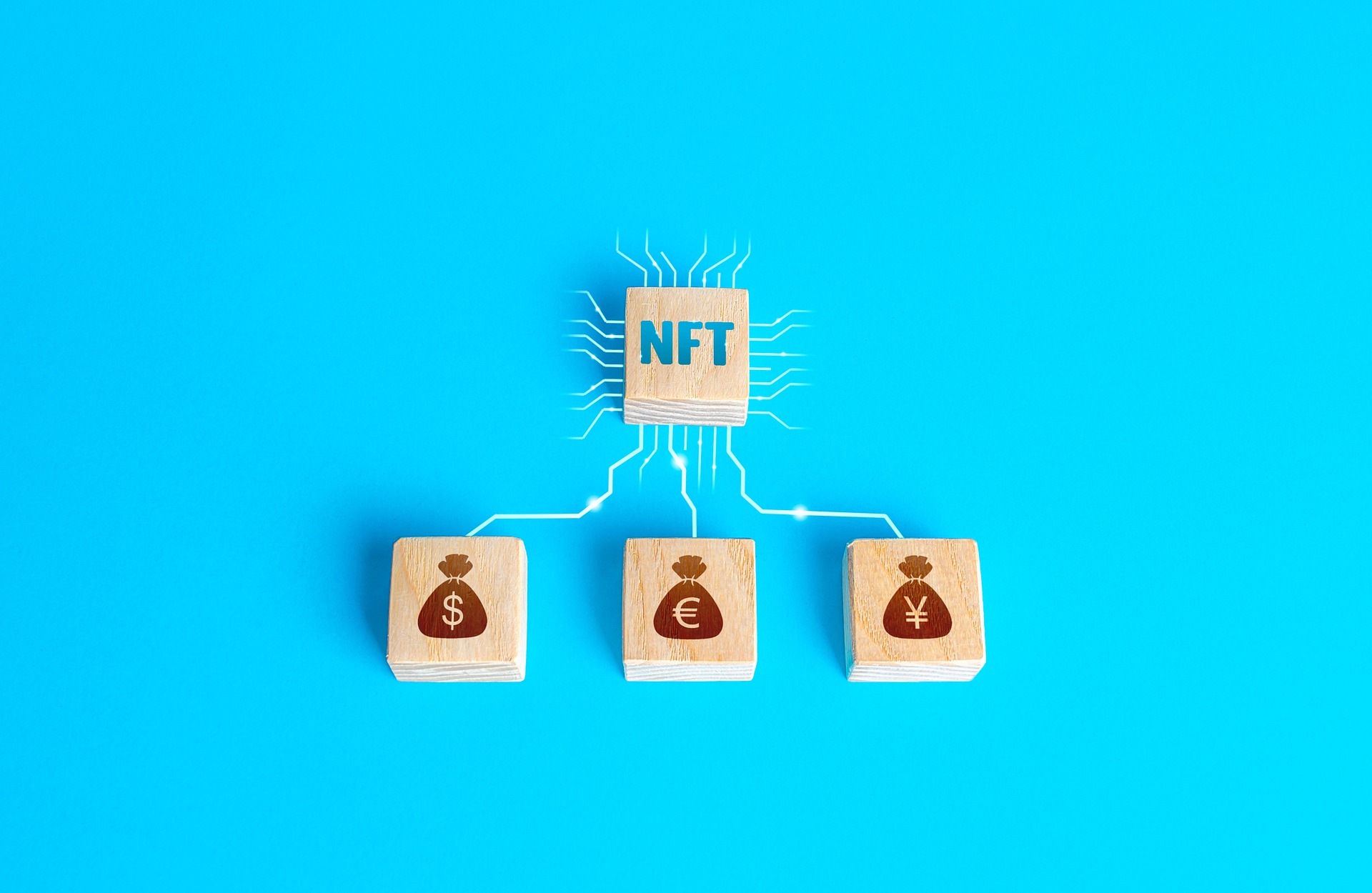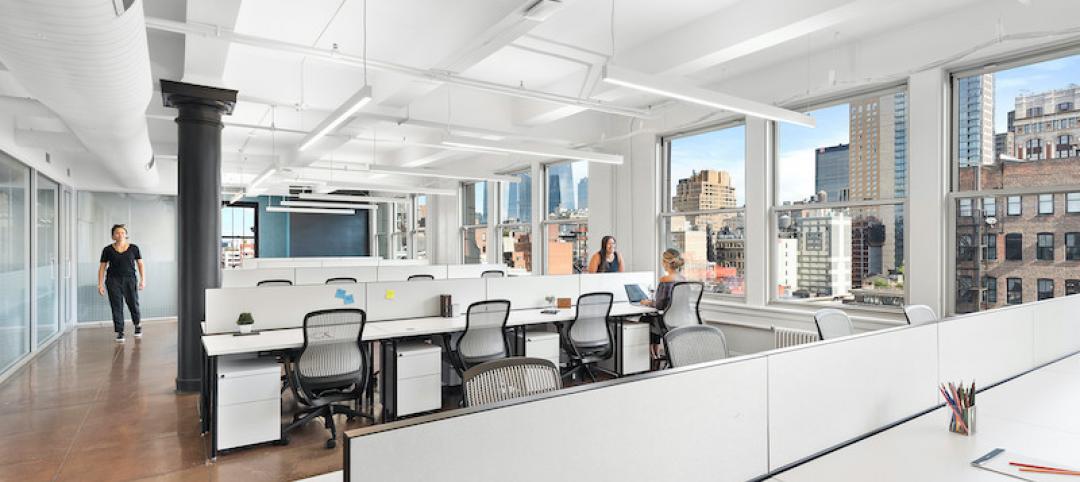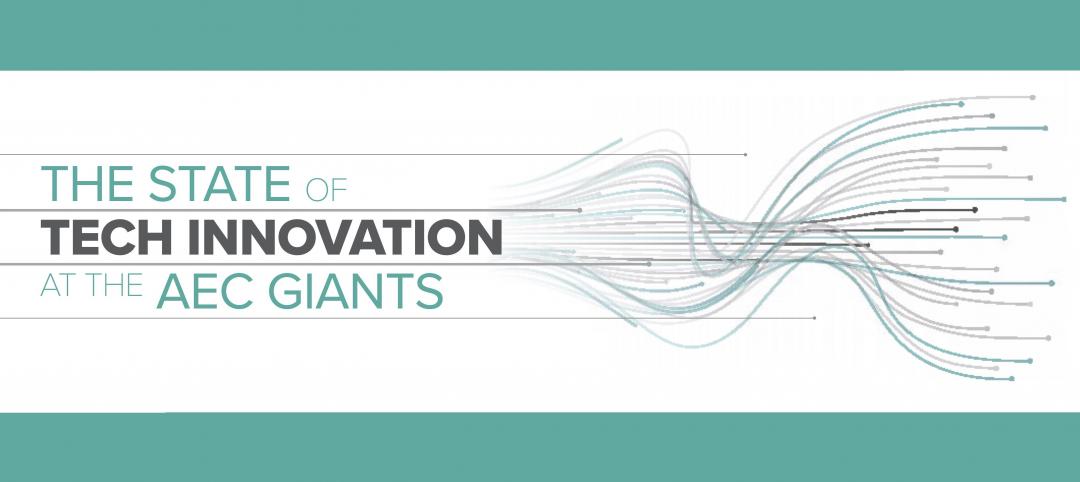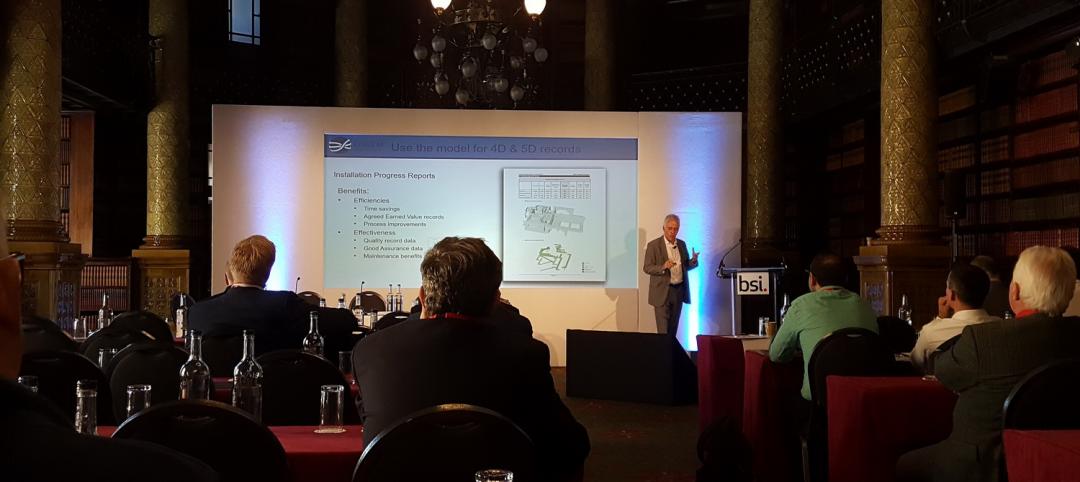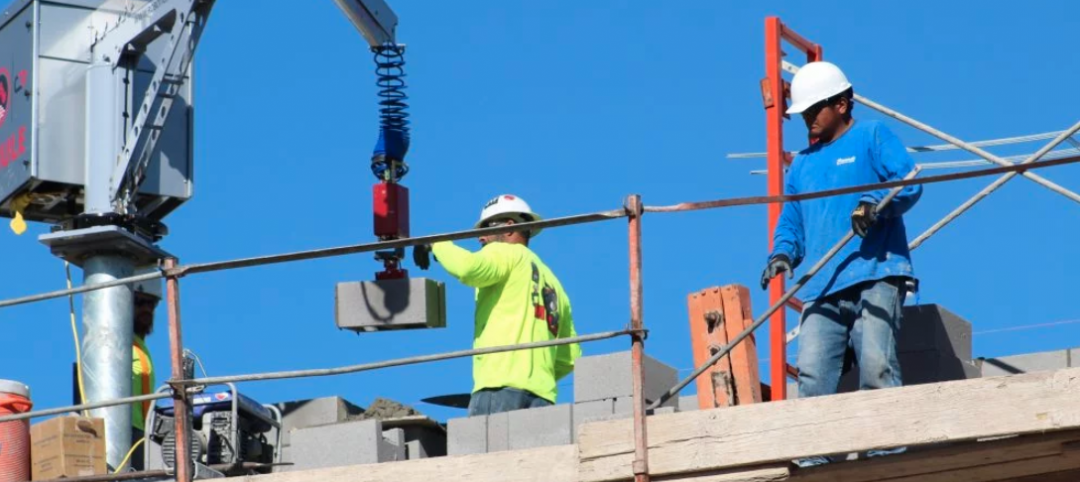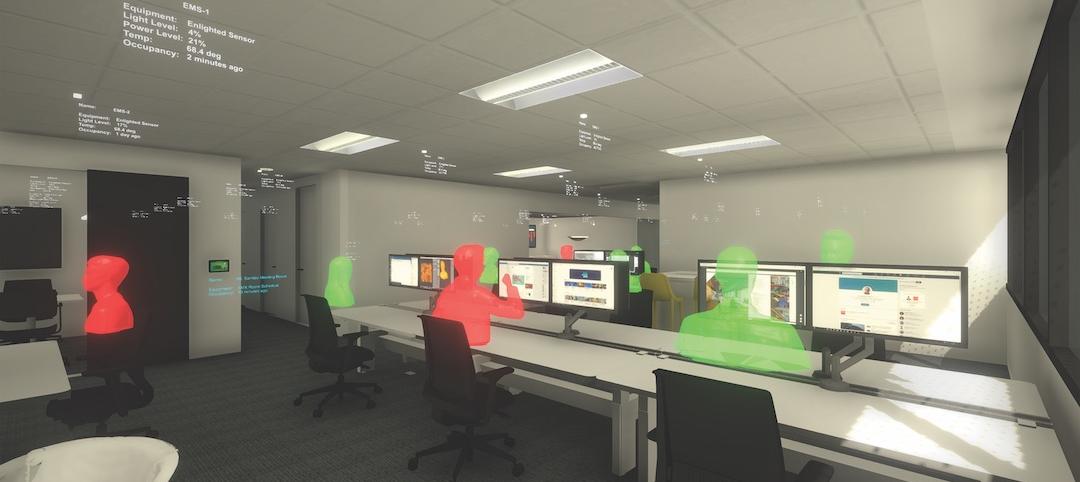An NFT, or non-fungible token, is a digital object that cannot be duplicated. NFTs allow the owners of digital or intangible assets that can be replicated to assert ownership and, by extension, to commodify and trade those assets. For example, anyone can browse photography of the latest Anish Kapoor, but only one city can make a grand public artwork a tourist calling card. For anyone who has ever experienced the frustration of having an idea copied, NFTs offer a possible solution.
As we know them today, NFTs exist in a world far removed from everyday reality—belonging to an intangible fantasy land pioneered by connoisseurs of computer games and digital art. But the value placed on these digital objects, and the tokens associated, is as real as a coin in your pocket.
Where does design come into the NFT picture? A fundamental value of design is its ingenuity in reimagining a better future. Designs can be abstracted or copied, but the ingenuity lies in the process. The labor in design—the thinking, testing, and problem solving—is what clients are ultimately buying. The building or interior is the product of that process.
6 ways non-fungible tokens (NFTs) could transform the design industry
“Tokenizing” design labor would give clients the opportunity to bid for the time of a designer or firm. By placing a higher value on time, this Token Future would create six compelling outcomes:
1. Complimentary Investment.
When a client invests in design, they invest in the benefits expected from the finished building. Tokenizing design labor would mean that a complimentary investment in the designer’s time is also made. To explain, a labor token could appreciate in value and be traded for profit. A token will appreciate as market demand grows, which is itself fueled by public awareness of quality design. When a token appreciates, both designer and client/investor are rewarded with capital gain.
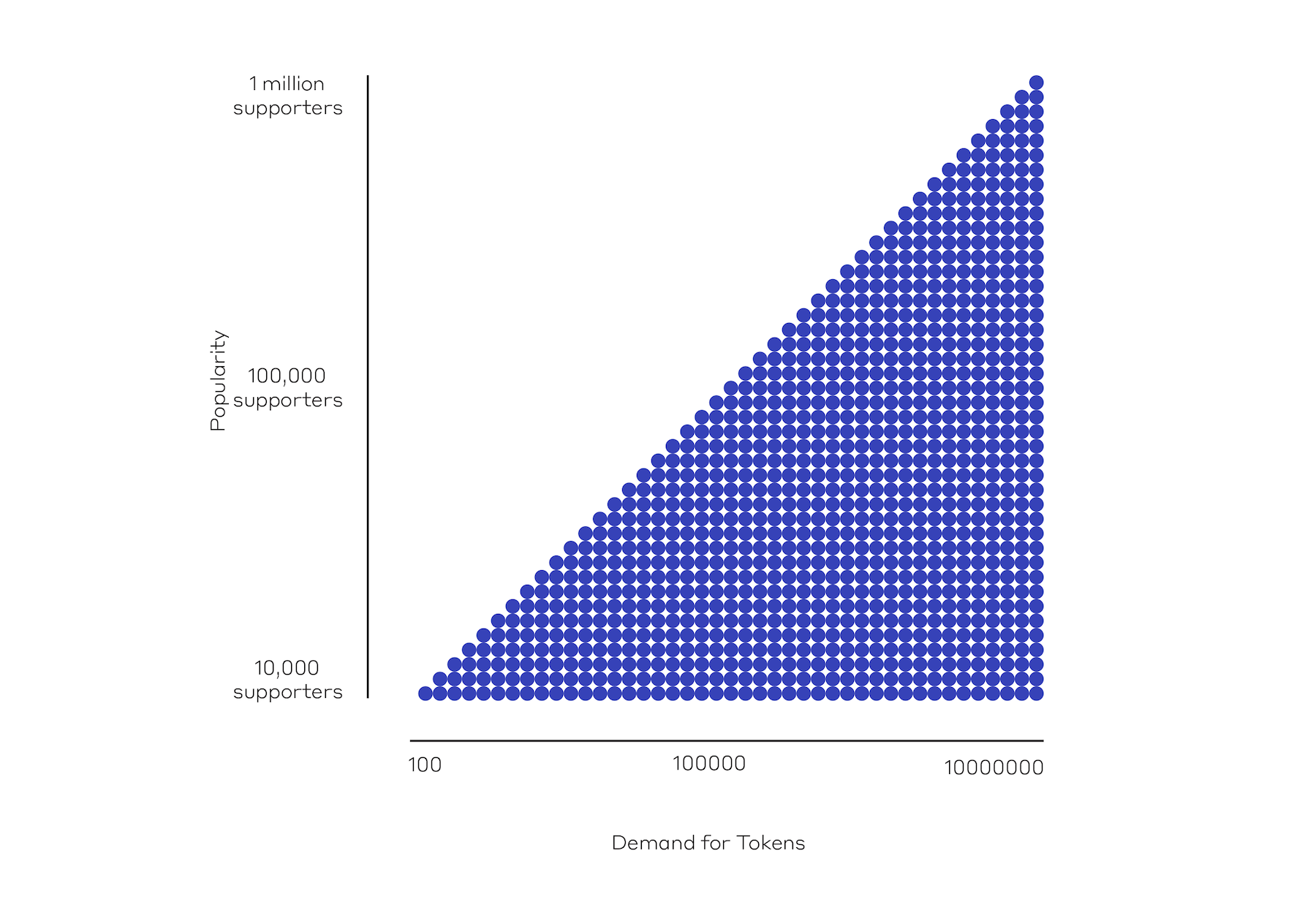
2. Mutually Beneficial Collaboration.
When a client purchases tokens from a designer, they become invested in the ongoing success of that token. The designer becomes a potential source of capital gain, like any other investment—something to be protected and nourished. For a designer, this means a client is more likely to support the process and capacity to perform.
3. Protection of Quality Design Time.
A Token Future should prevent design time from becoming overstretched. It would eliminate the fixed-fee contract, which sees designers at risk of shouldering disproportionate work without compensation—resulting in all-nighters, working weekends and, ultimately, a compromised design. Avoiding these pitfalls is in the best interests of all parties.
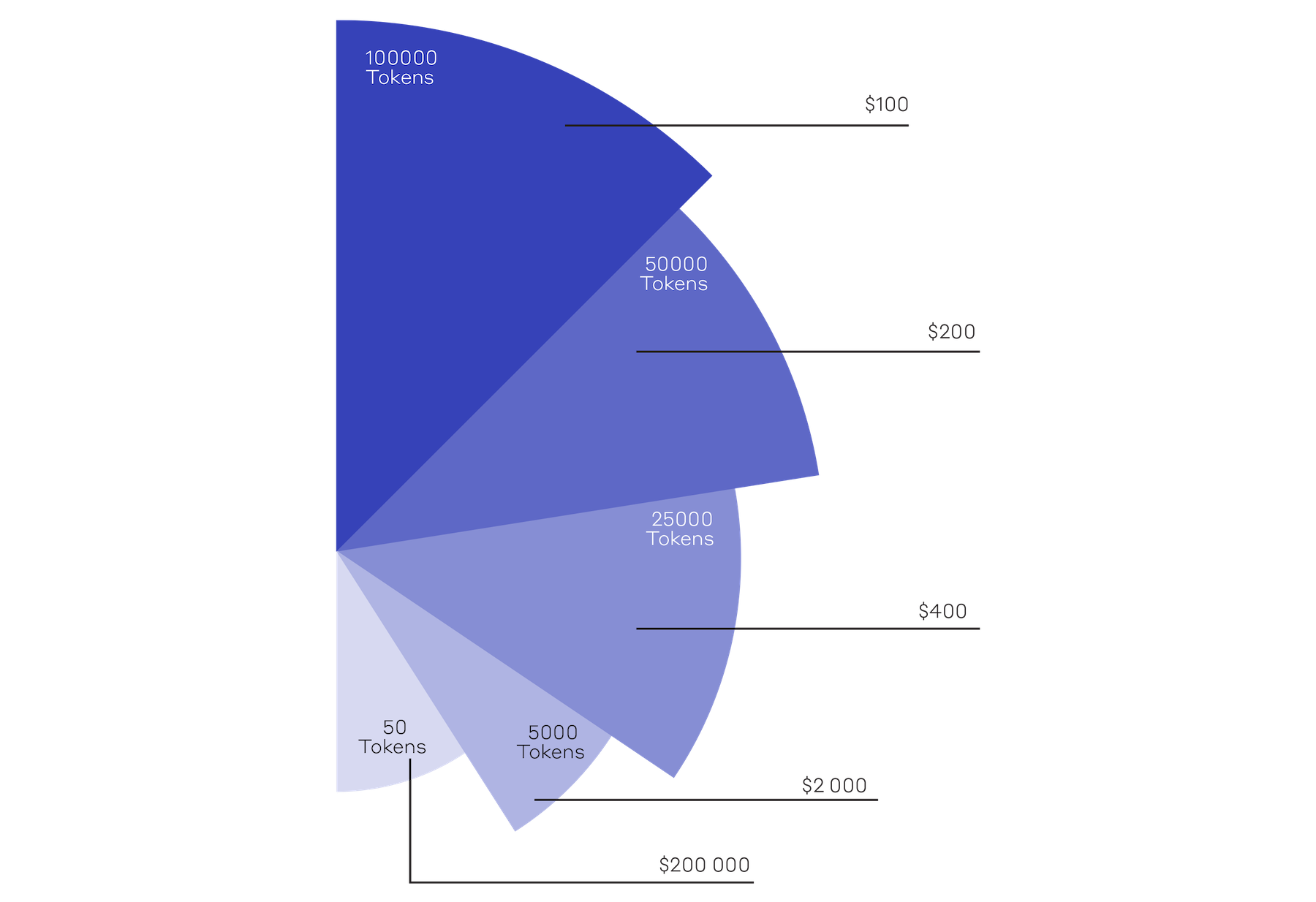
4. Less Money Wasted.
In a case where a client might need to cancel a project, good work and pursuant appreciation of the Token value may result in a financial return on their design investment rather than a write-off.
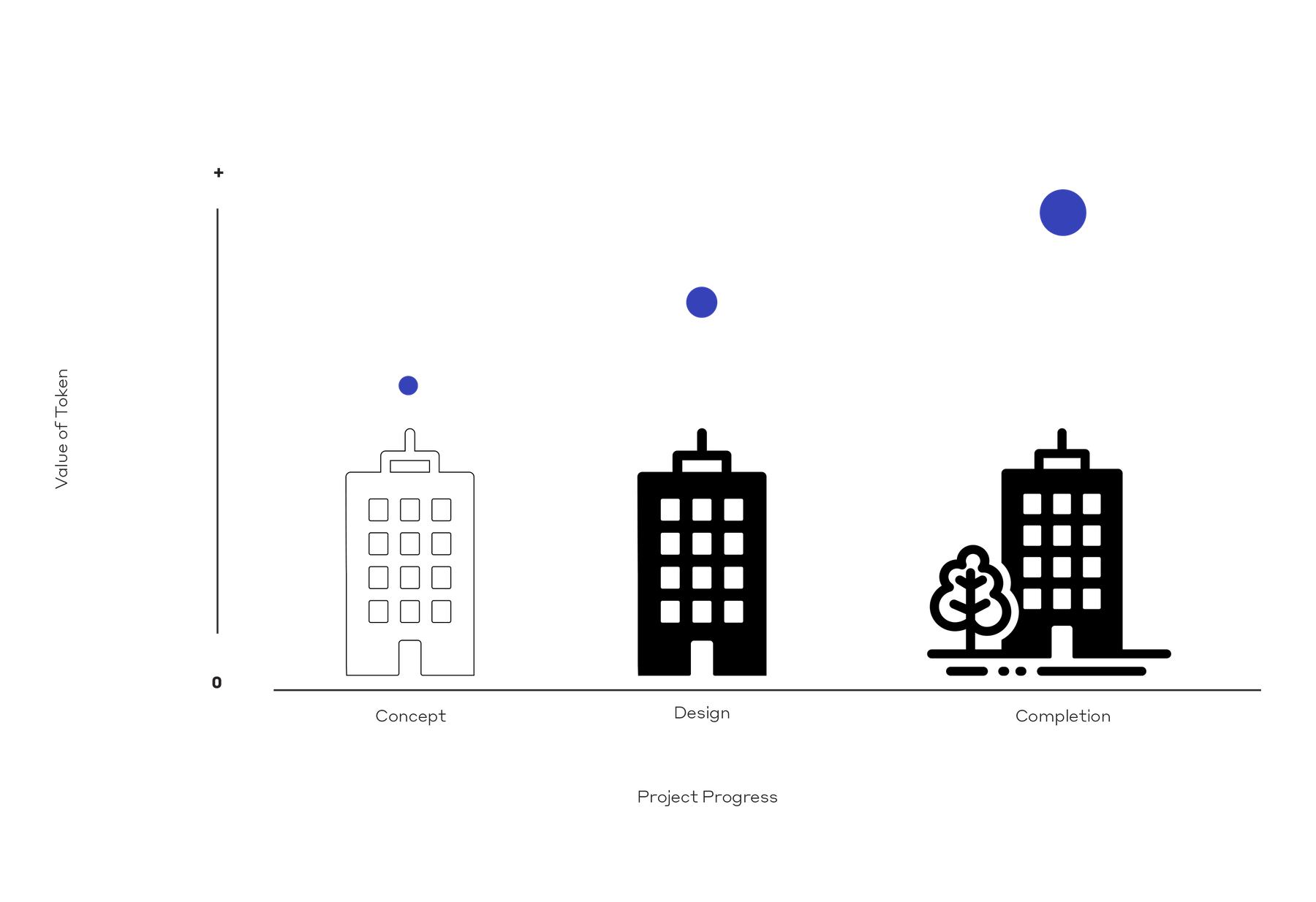
5. A Clearer and More Flexible Market.
The procurement of designers can be opaque and uncertain. Unfamiliar designers with hard-to-understand fee structures may be deemed a risk by clients. A project may need to be put on hold or cancelled. In both scenarios, a regulated and transparent token-based market would afford clients the opportunity to divest as they see fit, with the value of their original investment having appreciated.
6. An Equitable Market for Designers.
In such a system, a designer negotiates the supply of labor in a collaborative manner, only offering services in accordance with their resources. Managed professionally and systematically, design labor could be calibrated not only to a client’s requirements and the designer’s expertise, but also to the mutual financial and cultural benefit of each party—improving life for both parties.
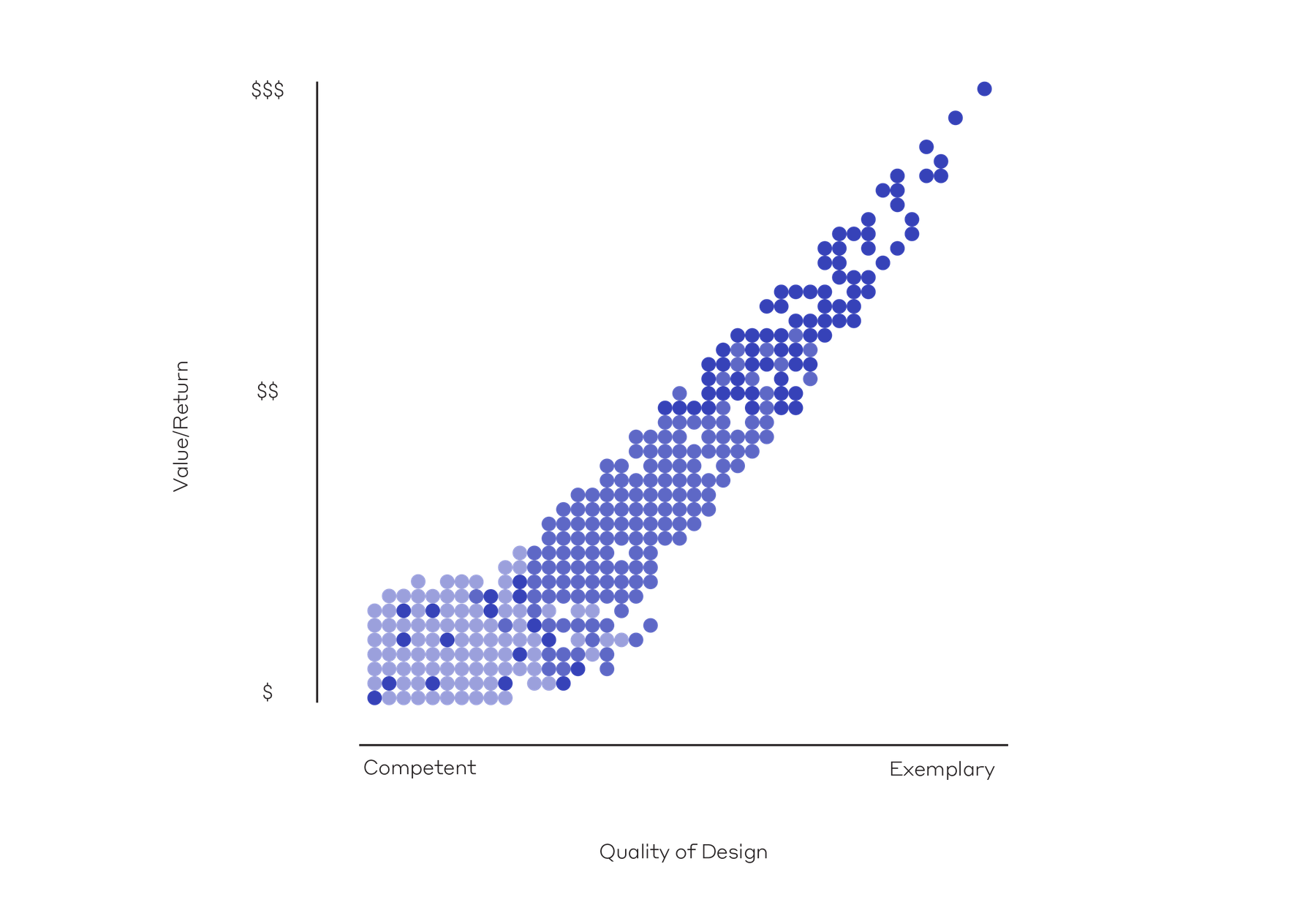
The benefits of a Token Future currently contend with numerous uncertainties and challenges—much like any innovation. Though this concept remains a glimmer on the horizon, NFTs in the design industry promise better welfare, growth, and profit.
As the design industry continues to chart a course toward automated production and an acceleration of the service economy, the rewards of exploring a Token Future for design labor outweigh the risks.
About the author
Jet Geaghan is an Architect based in Woods Bagot’s Sydney studio. For Jet, every building should be conceived with purpose, expertise and wit. Clarity of communication is fundamental to his work, whether it be in a design gesture, construction detail, or cultural testimony. Having completed numerous additions and alterations projects, Jet relishes the complexity and challenges of adapting existing buildings to address evolving demands and unforeseen potential. His experience lends him a broad understanding of the myriad parameters involved in bringing buildings of differing scales to life, which have included the 275 Kent Street redevelopment and the refurbishment of InterContinental Hotel Sydney. Jet has extensive experience with planning approvals, design, documentation, construction delivery, digital modeling, as well as a passion for the written word.
Related Stories
Green | Mar 9, 2020
BuroHappold commits to all new building projects achieving net-zero carbon by 2030
The engineering firm also launched a long-term partnership with ILFI.
Architects | Mar 2, 2020
Two ‘firsts’ for Sasaki and LEO A DALY
Following an industry trend, the firms hire chiefs of technology and sustainability, respectively.
AEC Tech | Feb 22, 2020
Investor interest in the built environment not quite as avid in 2019
Builtworlds’ annual list of venture deals led by workspace providers.
AEC Tech | Feb 13, 2020
Exclusive research: Download the final report for BD+C's Giants 300 Technology and Innovation Study
This survey of 130 of the nation's largest architecture, engineering, and construction firms tracks the state of AEC technology adoption and innovation initiatives at the AEC Giants.
AEC Tech | Feb 5, 2020
BIM London: A glimpse of BIM discussions across the pond
Digital twin, ISO standards, blockchain, and data were the hot topics at the recent The Digital World: BIM event.
AEC Tech | Jan 16, 2020
EC firms with a clear ‘digital roadmap’ should excel in 2020
Deloitte, in new report, lays out a risk mitigation strategy that relies on tech.
Green | Jan 10, 2020
How the new EC3 tool raises the bar on collective action
Nearly 50 AEC industry organizations partnered to develop the groundbreaking Embodied Carbon in Construction Calculator.
AEC Tech | Jan 8, 2020
Thornton Tomasetti launches open-source embodied carbon measurement tool
Beacon is a Revit plugin that generates a comprehensive data visualization of a project’s embodied carbon.
| Dec 18, 2019
Reconsidering construction robotics
After decades when experts predicted that robots would become more prevalent on construction sites, it would appear that the industry has finally reached that point where necessity, aspiration, and investment are colliding.
Big Data | Dec 4, 2019
AEC data's coming out party
AEC firms are finally putting to use project information they’ve been storing in their computers for years.


